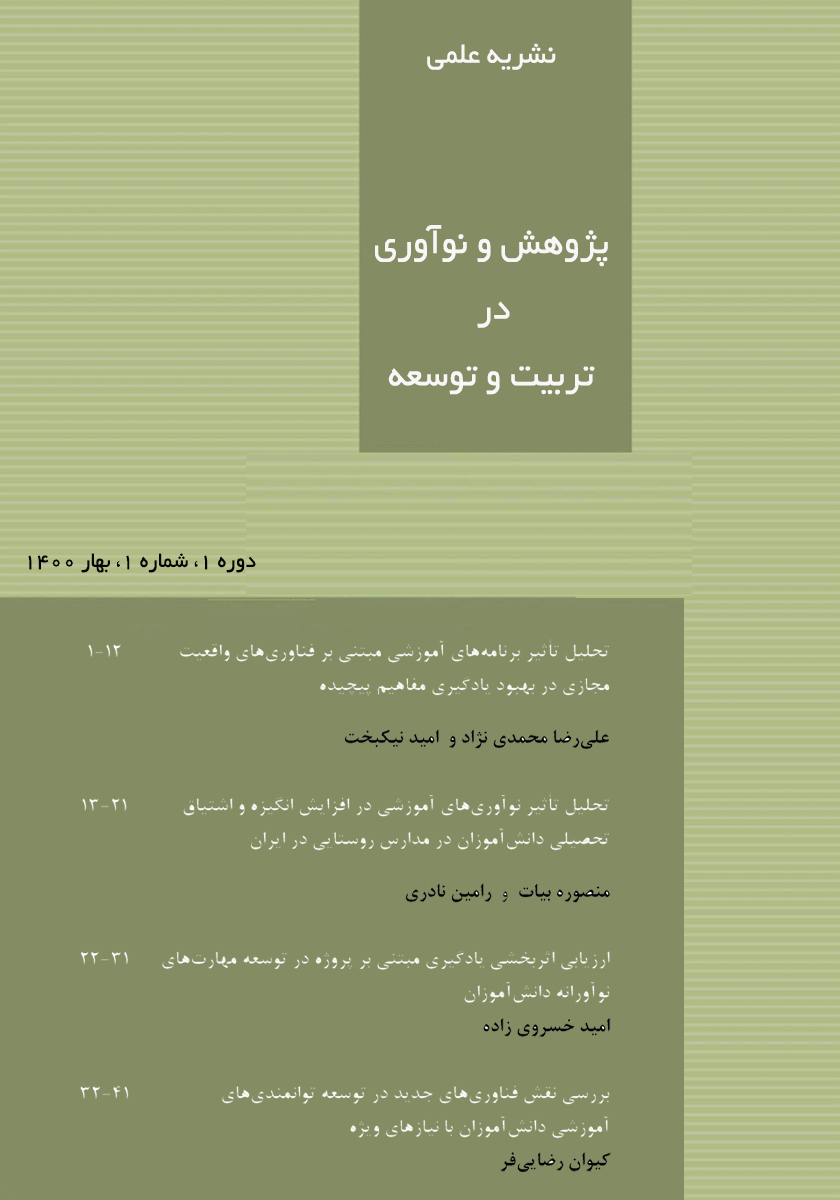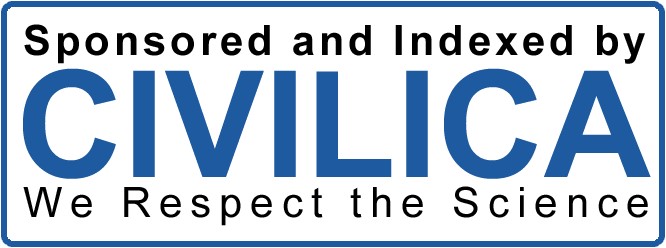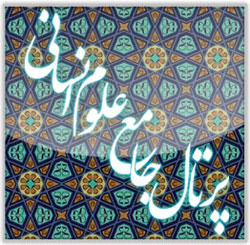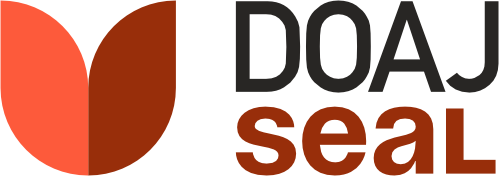ضرورتها و ظرفیتهای حکمت خسروانی برای توسعه ایران
کلمات کلیدی:
توسعه پایدار, حکمت خسروانی, دانش بومی, ضخامت نهادی, نازکی نهادی, نهادگرایی جدید, وابستگی به مسیر طیشدهچکیده
در دوران معاصر، توسعه تبدیل به یک ضرورت شده و فارغ از عنوان و اسم آن، کمتر کسی هست که رسم توسعه را نیز منکر شود و یا لااقل بیاعتنا به ثمرات آن باشد. ایرانیان هم در دو سده اخیر و بعد از ناکامی در جنگ با همسایگان شمالی، همواره مترصد قرار گرفتن در مسیر توسعه بودهاند و هر بار که فرصتی تاریخی دست داده، شانس خود را امتحان کردهاند و خواستار ورود و بقا در مدار توسعه بودهاند و در این میان، شکستها و توفیقاتی نیز رقم خورده است، اما قدر مسلم آنکه توفیقاتمان، مسلط و مداوم نبوده است. این ناکامیها را میتوان از ابعاد مختلفی بررسی کرد، اما در اینجا ریشهها واکاوی شدهاند؛ و آن بیتوجهی به زمینهها و داشتههای فکری و فرهنگی ایران است و لذا از قدیمیترین و در عین حال از غنیترین اندوختههای فکری این سرزمین که همان «حکمت خسروانی» است سراغی گرفته شده تا از ظرفیتهای آن برای توسعه پایدار در ایران استفاده شود و برای اثباتِ ممکن و مطلوب بودن این پیشنهاد، از رهیافت «نهادگرایی جدید» و مستمسک قرار دادن دو مفهوم مندرج در آن، یعنی «وابستگی به مسیر طیشده» و «ضخامت نهادی» بهره گرفتهایم.
دانلودها
مراجع
Gorjestani N. Indigenous knowledge for development: Protecting and promoting traditional knowledge: Systems, national experiences and international dimensions; 2004. 265 p.
Gope L, Behera SK, Roy R. Identification of Indigenous Knowledge Components for Sustainable Development among the Santhal Community. American Journal of Educational Research. 2017;5(8):887-93. doi: 10.12691/education-5-8-8.
Corbin H. Islam in the Land of Iran: Suhrawardi and Iranian Platonists: Iranian Institute of Philosophy and Wisdom Research; 2012.
Razi H, Soroush A. Khosrowani Wisdom (Illuminationist Philosophy and Mysticism from Zoroaster to Suhrawardi) Learning from History: Behjat Publications; 2019. 15-20LA - Persian p.
Ebrahimi Dinani G. Khosrowani Wisdom: Vaya Publications; 2016.
Tabatabai SJ. Nation, State, and Rule of Law (Essays on Text and Tradition): Minuye Kherad Publications; 2022.
North DC. Institutions, Institutional Change, and Economic Performance: Organization for Management and Planning Publications; 2006.
North DC. Understanding the Process of Economic Change: Nehadgara Publishing; 2019.
Stuteville R, Tan TDH, editors. The Role of Path-dependency in Public Administration and Economics and Implications for the Future The Heritage of Surhawardi's wisdom of Illumination (Hikmat-Al Ishraq)2010.
Foxon TJ. Technological lock-in and the role of innovation. Handbook of sustainable development: Edward Elgar Publishing; 2014. p. 304-16.
Martin R, Simmie J. Path dependence and local innovation systems in city-regions. Innovation. 2008;10(2-3):183-96. doi: 10.5172/impp.453.10.2-3.183.
Sowell T. Economic Truths and Falsehoods: Ettelaat Publications; 2013.
North D, Wallis J, Weingast B. In the Shadow of Violence: Politics, Economics, and Development Issues: Rozaneh Publications; 2017.
Amin A, Thrift N. 'Living in the global'. In: Oxford University P, editor. Globalization, Institutions and Regional Development in Europe1994.
Weber I. How China Escaped Shock Therapy: Market Reform Debates: Nehadgara Publishing; 2023.
Azimi M. An Institutional Explanation of Regional Imbalances in Iran. Quarterly Journal of Urban and Regional Development Planning. 2016;1(3):139-66.
Eslami Nodoushan MA. What Does Iran Have to Say?: Sherkat Sahami Enteshar; 2020.
Andrews M, Pritchett L, Woolcock M. Empowering Governments: Evidence, Analysis, and Action: Rozaneh Publications; 2019.
Rezagholi A. An Introduction to Localizing Modern Sciences.
Davari Ardakani R. Us and the History of Islamic Philosophy: Organization for Publications of the Research Institute for Culture and Islamic Thought; 2010.
Ruggerio CA. Sustainability and sustainable development: A review of principles and definitions. Science of the Total Environment. 2021;786:147481. doi: 10.1016/j.scitotenv.2021.147481.
Wiktor-Mach D. What role for culture in the age of sustainable development? UNESCO's advocacy in the 2030 Agenda negotiations. International Journal of Cultural Policy. 2020;26(3):312-27. doi: 10.1080/10286632.2018.1534841.
Finnemore M, Sikkink K. International Norm Dynamics and Political Change. International Organization. 1998;52(4):887-917. doi: 10.1162/002081898550789.
Razavi MA. Suhrawardi and the school of illumination: Curzon; 1997.
Babayi A. The Concept of 'Eternal Substance' and the Question of 'Revival or Establishment?' in Suhrawardi's Illuminationist Philosophy. History of Philosophy. 2019;10(3):45-66.
Pazouki S, Zare Z. Khosrowani and Pythagorean Wisdom from the Perspective of Sheikh Suhrawardi. Journal of Mysticism Research. 2017;8(16):1-25.
Suhrawardi YiH. The Works of Sheikh Suhrawardi: Research Institute for Humanities and Cultural Studies; 2001.
Rizvandi MA, Sahabi B, Momeni F, Yavari K. Exploring the Definition of Institutions: Evaluating Recent Alternative Approaches. Scientific-Research Quarterly of Planning and Budgeting. 2015;20(4):185-210.
Liebowitz SJ, Margolis SE. Journal of Law, Economics, & Organization. Journal of Law, Economics, & Organization. 1998;11(1):205-26.
Namdarian L. The Role of Path Dependency in the Inefficiency of National Innovation Systems. Rahyaft Journal. 2019(74):17-29.
Zukauskaite E, Trippl M, Plechero M. Institutional thickness revisited. Economic geography. 2017;93(4):325-45. doi: 10.1080/00130095.2017.1331703.
Eslami Nodoushan MA. Iran and Its Solitude: Sherkat Sahami Enteshar; 2020.
Shariati A. Rediscovering Iranian-Islamic Identity: Dr. Ali Shariati Cultural Foundation Publications; 2013.
Davari Ardakani R. Us and the Difficult Path of Modernity (Including a Treatise on Tradition and Modernity): Naqd Farhang Publications; 2022.
Azimi H. Iran's Economy: Development, Planning, Policy, and Culture: Ney Publishing; 2012.
Soroush A. Learning from History. Kiyan-e Farhangi. 1985(20):15-20.
Foroughi MAK. Science and Freedom: Elm Publications; 2017.
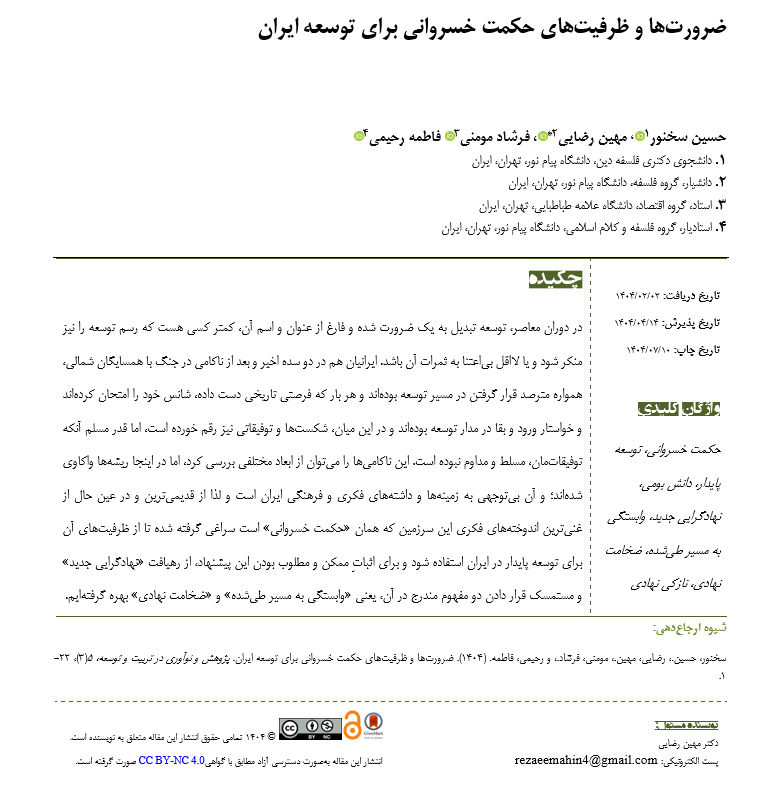
دانلود
چاپ شده
ارسال
بازنگری
پذیرش
شماره
نوع مقاله
مجوز
حق نشر 2025 Hossein Sokhanvar (Author); Mahin Rezaee (Corresponding author); Farshad Momeni, Fatemeh Rahimi (Author)

این پروژه تحت مجوز بین المللی Creative Commons Attribution-NonCommercial 4.0 می باشد.
